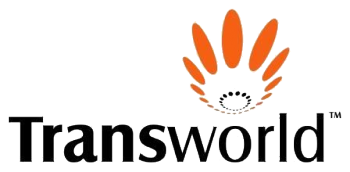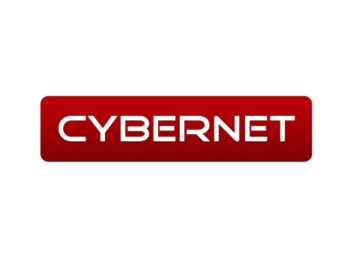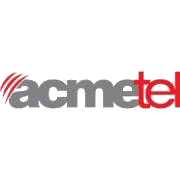Our services
Professional Consultation
We offer professional consultation, product placement, training and proposal development, network optimization, management and performance analysis of communication networks, data centers and call centers.
Development
We provide business critical communication solutions based on open source systems,especially those on Linux and Open Source solutions for organizations that operate successfully in today’s intensely competitive environment.
Operations & Management Support
We offer professional consultation, product placement, training and proposal development, network optimization, management and performance analysis of communication networks, data centers and call centers.
Technologies We Excel In
VoIP Softswitches
IVR, Call Centers, Sip Proxy, Asterisk.
Development
GMLC, VoLTE, GSM USSD, Python, Web APIs
SMSC & Security
SIGTRAN-SS7, GSM MAP, Mediation, TDM-IP, IP Firewalls, Value Added Services.

A Snapshot of our Recent Work
What our clients say
We are enjoying prompt and satisfactory services rendered by Convergence.
Convergence provided excellent services regarding deployment of local loop switch.
Convergence achieved positive results for us along with recognition from our collective customer base of bringing a high level of value.
Convergence has always assisted us in providing services with good quality. Convergence's team is dedicated and cooperative.
Its a pleasure to work with Convergence - Highly skilled professionals.
How we work
We look forward to seeing how we can help you achieve your business objectives. Our focus is on telecom-centric solutions using open-source technologies. We help develop and deliver :
- VoIP, WebRTC, SIGTRAN
- SMSC, GMLC
- Camel Gateway, IN Integration and niche B/OSS solutions to Tier-1 GSM operators
WANT TO KNOW MORE ABOUT OUR COMPANY? CURIOUS WHAT ELSE WE DO?
About us
Since 2002, Convergence has been a leading provider of open source networking solutions for core Telephony and Switching Applications in Pakistan and the Middle East. Solutions include fully featured SIGTRAN, Camel IN / GMLC / Bulk SMSC / USSD Solutions, WebRTC/SIP/VoIP/TDM Soft switches, Intelligent Network, Billing and Operation Support Systems, Legal Intercept, SS7 /SIP Interconnect Media Gateways for Long Distance and Local Loop Telephone Customers and Enterprises, Call Centers, VAS/IVR services and Voice over Packet and Internet Telephony Service Providers.












